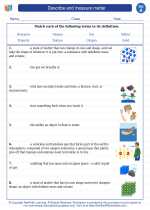Generators
A generator is a device that converts mechanical energy into electrical energy. It works on the principle of electromagnetic induction, where a conductor moving through a magnetic field generates an electric current.
Parts of a Generator:
- Engine: It provides the mechanical energy to the generator.
- Alternator: It is the component responsible for converting the mechanical energy into electrical energy.
- Fuel System: It supplies the fuel (gasoline, diesel, etc.) to the engine.
- Voltage Regulator: It regulates the output voltage of the generator.
- Control Panel: It contains the necessary controls and indicators for operating the generator.
Types of Generators:
Generators can be classified into two main types:
- AC Generators: These produce alternating current (AC) and are commonly used in households and commercial buildings.
- DC Generators: These produce direct current (DC) and are used in applications such as welding and battery charging.
Working Principle:
When the engine of the generator is running, it causes the alternator to rotate. As the alternator spins, it creates a changing magnetic field, which induces an electric current in the copper wire windings of the alternator. This current is then collected and sent out as electrical power.
Uses of Generators:
Generators are used in various applications, including providing backup power during outages, supplying electricity in remote areas, and serving as a primary power source in construction sites and outdoor events.
Study Guide:
Here are a few questions to help you review and understand the topic of generators:
- What is the main function of a generator?
- Explain the working principle of a generator.
- Describe the key components of a generator and their roles.
- Differentiate between AC and DC generators.
- Discuss the uses of generators in different settings.
◂Science Worksheets and Study Guides First Grade. Describe and measure matter
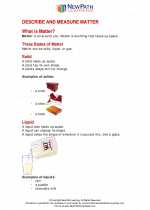
 Worksheet/Answer key
Worksheet/Answer key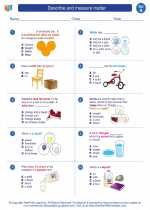
 Worksheet/Answer key
Worksheet/Answer key
 Worksheet/Answer key
Worksheet/Answer key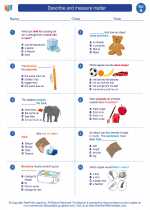
 Vocabulary/Answer key
Vocabulary/Answer key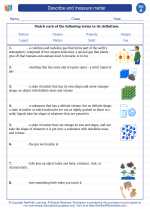
 Vocabulary/Answer key
Vocabulary/Answer key